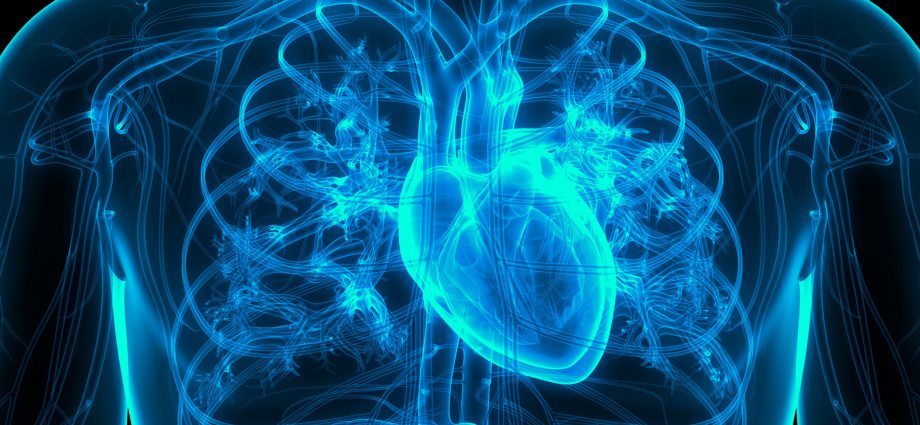MONDAY, Nov. 6, 2023 (HealthDay News) — It’s a pacemaker that’s a bit like the Energizer bunny – it will keep ticking and ticking and ticking.
An experimental pacemaker is able to partially recharge its own battery by using heartbeats to generate fresh electrical energy, researchers report.
The device can recoup about 10% of the energy needed to stimulate another heartbeat, which would extend the 6- to 15-year life of a typical pacemaker battery, results show.
These findings will be presented at the American Heart Association’s annual meeting, to be held from Nov. 11-13, in Philadelphia and online.
“Mechanical and electrical energy are linked and can be exchanged back and forth,” explained lead researcher Dr. Babak Nazer, an associate professor of medicine at the University of Washington in Seattle.
“Just like ultrasound converts electrical voltage into pressure or sound, we can engineer similar materials onto implantable medical devices to convert the heart’s natural oscillating pressures ‘backward’ into voltage to prolong battery life,” Nazer said in a meeting news release.
For this study, researchers engineered three prototype pacemakers designed to recover some of their electricity through the beating of a heart.
Leadless pacemakers are all-in-one devices placed inside the heart’s right ventricle.
The battery cannot be easily replaced because the device can’t be easily removed from inside the heart. It is sometimes necessary to implant new pacemakers alongside previous ones that have lost their battery charge, researchers noted.
The team placed the prototypes into a special cardiac pressure simulator, which was designed to replicate the heart’s natural pressures at a rate of 60 beats per second.
The best of the three prototypes harvested about 10% of the energy needed to pace the “next beat,” based on average pacemaker output.
“Our next step is to optimize materials and fabrication to improve energy-harvesting efficiency, and then show we can do so consistently in long-term studies,” Nazer said. “When we can improve upon our 10% harvesting efficiency, we hope to partner with one of the major pacemaker companies to incorporate our design and housing into an existing leadless pacemaker.
“We hope to prolong battery life further and expand access of this product to younger patients, who would hopefully require fewer implants over their lifetime,” Nazer added.
This experiment “provides valuable information on harvesting energy from the heart to recharge pacemaker batteries,” Dr. Kenneth Ellenbogen, a professor of cardiology at Virginia Commonwealth University’s School of Medicine, said in the release.
“These new devices could also improve patients’ quality of life by requiring fewer procedures as they are smaller and last longer,” said Ellenbogen, who was not involved in the study.
Research results are considered preliminary until published in a peer-reviewed journal.
Nazer’s team plans longer-term lab experiments as a next step. Future efforts also will consider the added energy a pacemaker needs to monitor heartbeat and communicate findings back to the pacemaker, which causes further drain on its battery.
More information
The Cleveland Clinic has more about leadless pacemakers.
SOURCE: American Heart Association, news release, Nov. 6, 2023
Copyright © 2024 HealthDay. All rights reserved.

